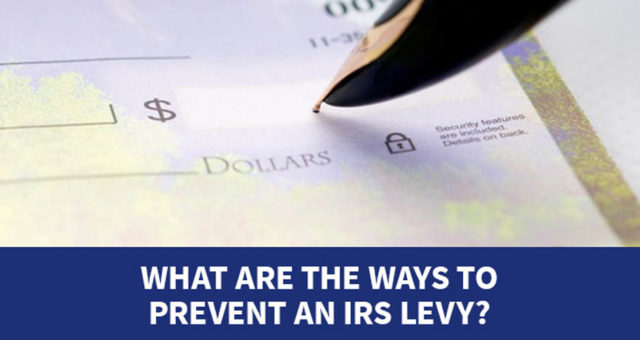
What are the ways to prevent an IRS Levy?
If the IRS seizes a property that they have placed a lien against them and levy occurs. The IRS can levy different types of property – it is of value, it may be a candidate.
- A levy can be issued after the following actions are conducted:
- A notice and demand for payment are sent by the IRS.
- If you have refused or neglected in paying the taxes.
- If you have received a “Final notice of intent to levy”.
You can modify or stop levies, but that is not an automatic solution. Here are some of the ways that can help you with the solution of “how to stop a tax levy”?
Requesting a hearing for collection due process
This should be completed within 30 days from your “notice of intent to levy letter”. This request should be performed with high caution. Your time frame will be now accelerated. You must prepare yourself to present a compelling case very soon.
Make an installment agreement
In order to get your levy released, you have to be in compliance. You have to keep all your financial information in order because the IRS can ask for them. If that is not ready your levy won’t be removed.
Offer in Compromise
You can request for an offer in compromise. This measure is a bit expensive and a stop-gap measure. Most of the offers in Compromises are rejected.
Requesting a collection appeal program
This can be a very good option which is also cost-free. Still, for the worst case, you must be prepared with an instant solution to be offered to the IRS.
Before jumping into any options understand the pros and cons of each and the effect it can cause to you.
If you require any professional help for solving such issues, visit us at Ooraa and get your issues solved. We will assist you in your IRS tax payment plan.

